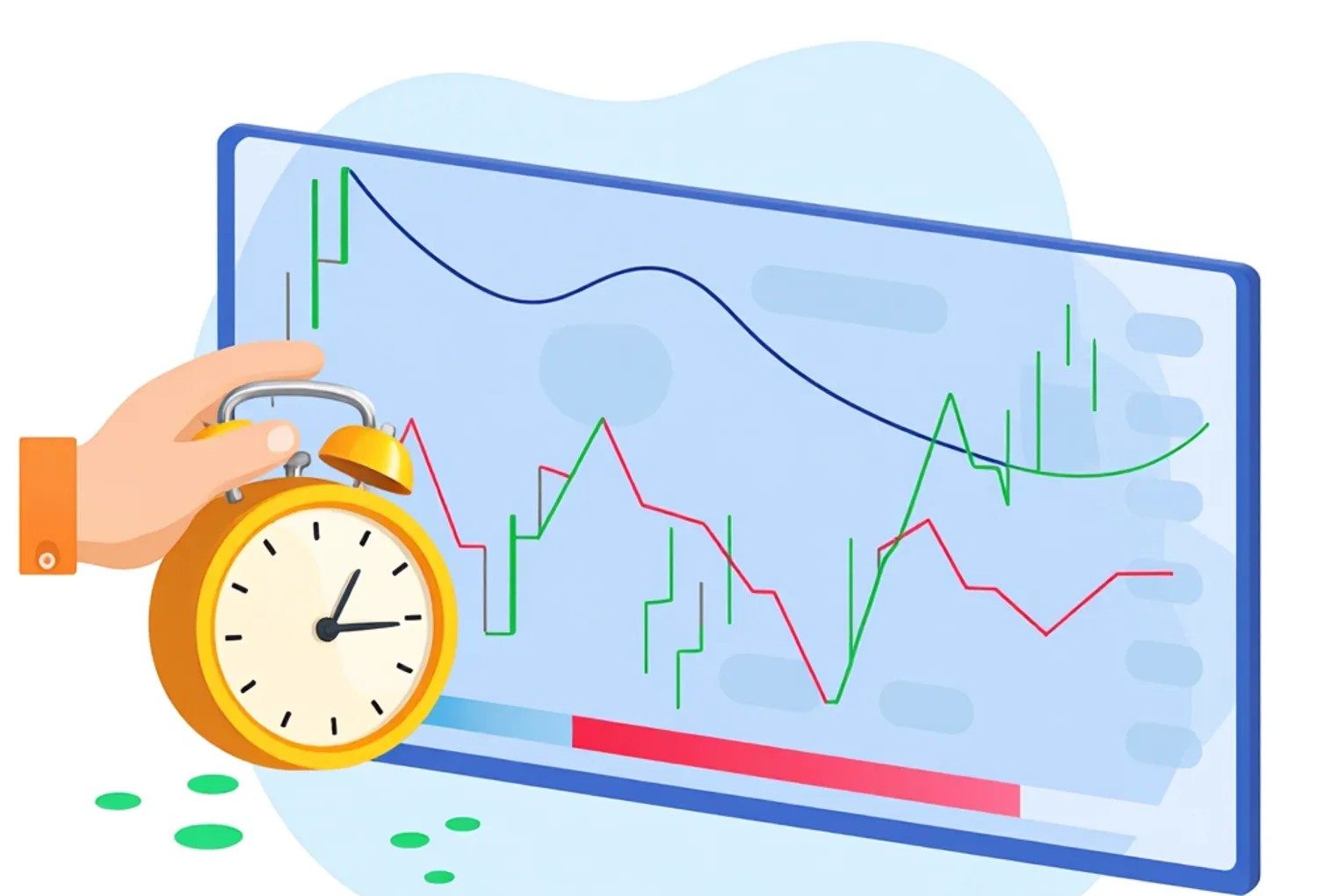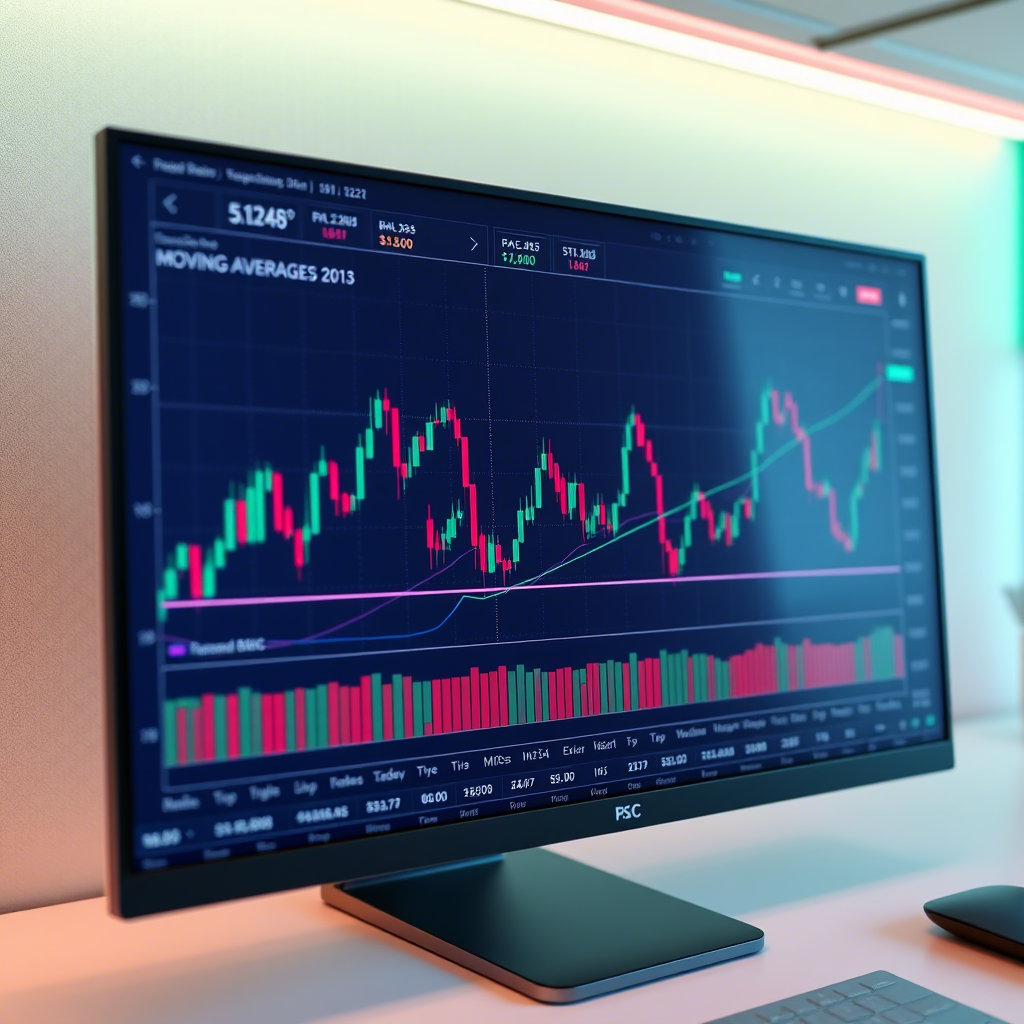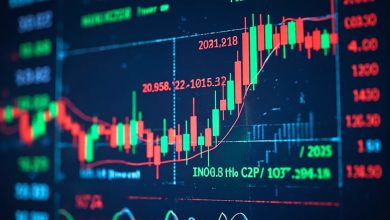Time Cycle Analysis in Currency Trading: A Beginner’s Guide to Timing the Forex Market

What is Time Cycle Analysis in Currency Trading?
Time cycle analysis is a method of studying historical price data to identify recurring time intervals where markets tend to change direction, peak, or trough. It’s based on the idea that financial markets, including forex, move in predictable cycles influenced by economic events, trader behavior, and seasonal patterns. These cycles can span hours, days, weeks, or even years, offering clues about when to expect significant price movements.
In forex, time cycle analysis complements technical and fundamental analysis by focusing on the when rather than the why or how of price changes. For example, a trader might notice that GBP/USD often reverses every 20 trading days, using this insight to plan trades around those periods.
How Time Cycles Work
Time cycles are identified by measuring the time between significant highs and lows on price charts. These intervals may align with:
-
Economic Calendars: Monthly data releases like US non-farm payrolls.
-
Market Sessions: Daily or weekly patterns tied to London or New York trading hours.
-
Seasonal Trends: Annual cycles, like increased volatility in December due to year-end positioning. Traders use charting tools or software to mark these cycles and predict future turning points.
Why Time Cycle Analysis Matters in Forex
Time cycle analysis offers unique advantages for currency traders:
1. Improved Trade Timing
By identifying potential reversal or continuation points, traders can enter or exit trades at optimal moments, maximizing profits and minimizing losses.
2. Enhanced Strategy Development
Cycles help traders align strategies with market rhythms, such as scalping during high-frequency daily cycles or swing trading on weekly patterns.
3. Complementary to Other Analyses
Time cycle analysis works well with technical indicators (e.g., RSI, moving averages) and fundamental events (e.g., central bank meetings), providing a fuller market picture.
4. Applicability Across Pairs
Cycles apply to major pairs (EUR/USD), minors (EUR/GBP), and exotics (USD/TRY), making the method versatile for diverse trading styles.
Key Components of Time Cycle Analysis
To use time cycle analysis effectively, traders focus on several elements:
1. Cycle Lengths
Cycles vary in duration:
-
Short-Term: Intraday cycles (4-8 hours), common for scalping during London-New York sessions.
-
Medium-Term: Daily or weekly cycles (5-20 days), suited for day or swing trading.
-
Long-Term: Monthly or yearly cycles (30-360 days), ideal for position trading.
2. Highs and Lows
Cycles are measured between significant price peaks (highs) or troughs (lows). For example, a 10-day cycle might show EUR/USD peaking every 10 days.
3. Cycle Tools
Traders use tools like:
-
Fibonacci Time Zones: Plot potential reversal times based on Fibonacci ratios.
-
Gann Cycles: Predict turning points using geometric time intervals.
-
Charting Software: Platforms like MetaTrader 4 or TradingView offer cycle-drawing tools.
4. Economic and Seasonal Patterns
Cycles often align with recurring events, such as FOMC meetings (every 6 weeks) or holiday slowdowns, which influence liquidity and volatility.
Benefits of Time Cycle Analysis
Time cycle analysis provides several advantages in forex trading:
1. Predictive Power
Identifying repeating patterns helps traders anticipate market turns, improving decision-making.
2. Reduced Emotional Trading
Focusing on predetermined cycle points encourages discipline, reducing impulsive trades driven by fear or greed.
3. Versatility
Cycles work across timeframes and pairs, from scalping USD/JPY on 1-hour charts to position trading AUD/USD on monthly charts.
4. Risk Management
Cycle-based stop-losses and profit targets align with natural market rhythms, enhancing risk-reward ratios.
Limitations of Time Cycle Analysis
Despite its strengths, time cycle analysis has challenges:
1. Not Foolproof
Cycles are patterns, not guarantees. Unexpected events like geopolitical crises can disrupt cycles, leading to false signals.
2. Subjectivity
Identifying cycle highs and lows can be subjective, requiring experience to avoid misinterpretation.
3. Learning Curve
Mastering cycle tools like Fibonacci or Gann requires time and practice, which may overwhelm beginners.
4. Dependency on Other Analyses
Cycles alone aren’t enough; they work best when combined with technical indicators or fundamental insights.
How to Start Using Time Cycle Analysis in Currency Trading
Ready to incorporate time cycle analysis into your forex trading? Follow these steps:
Step 1: Learn the Basics
Study cycle concepts, focusing on short-term (daily) and medium-term (weekly) patterns. Understand how economic events, like ECB rate decisions, create cycles. Free resources like TradingView tutorials, Forex Factory forums, or books like Technical Analysis for the Trading Professional by Constance Brown are excellent starting points.
Step 2: Choose a Reliable Platform
Select a broker regulated by the FCA, CFTC, or ASIC, with a platform supporting cycle analysis tools. MetaTrader 4/5 and TradingView offer Fibonacci time zones and custom cycle indicators. Ensure the broker provides tight spreads for major pairs like EUR/USD.
Step 3: Practice with a Demo Account
Use a demo account to identify cycles on pairs like USD/JPY or GBP/USD. Mark highs and lows on 1-hour, daily, or weekly charts, and test Fibonacci or Gann tools to predict reversals. Practice for weeks to build confidence.
Step 4: Develop a Cycle-Based Strategy
Create a trading plan incorporating cycles:
-
Identify Cycles: Measure time between highs/lows (e.g., 10-day cycles on EUR/USD).
-
Set Entry/Exit Points: Enter trades near cycle troughs, exit near peaks.
-
Combine Tools: Use RSI or moving averages to confirm cycle signals.
-
Manage Risk: Set stop-losses (e.g., 10 pips) and risk 1-2% of your account per trade.
Step 5: Monitor and Refine
Track trades in a journal, noting cycle lengths, signals, and outcomes. Review weekly to refine cycle identification and adjust for market changes, like increased volatility during US elections.
Tips for Mastering Time Cycle Analysis
Boost your cycle analysis skills with these tips:
1. Start with Major Pairs
Focus on liquid pairs like EUR/USD or USD/JPY, where cycles are clearer due to high trading volume and lower volatility.
2. Align with Economic Events
Check economic calendars for recurring events (e.g., NFP, FOMC) that may drive cycles, enhancing prediction accuracy.
3. Use Multiple Timeframes
Combine daily and weekly cycles to confirm signals. A weekly cycle peak aligning with a daily trough strengthens trade setups.
4. Test Historically
Backtest cycles on historical data using TradingView or MT4 to verify reliability before risking real money.
5. Stay Patient
Cycles require observation and practice. Avoid forcing trades if patterns aren’t clear, and refine your skills over time.
Conclusion
Time cycle analysis is a valuable tool for currency traders, offering a unique way to time the forex market’s ebbs and flows. By identifying repeating patterns, beginners can enhance trade timing, reduce emotional decisions, and complement technical and fundamental strategies. While not infallible, cycles provide a structured approach to navigating pairs like EUR/USD or GBP/JPY.
Start with a demo account, focus on major pairs, and practice identifying cycles with tools like Fibonacci time zones. With discipline and patience, time cycle analysis can unlock new opportunities in the dynamic world of currency trading. Dive in, stay focused, and time your trades smarter today.




